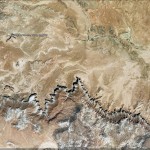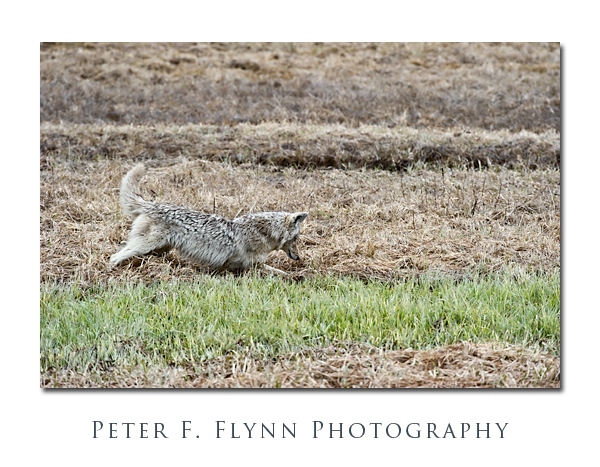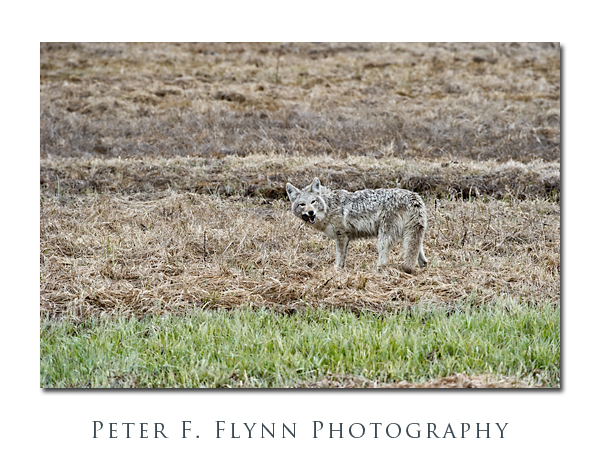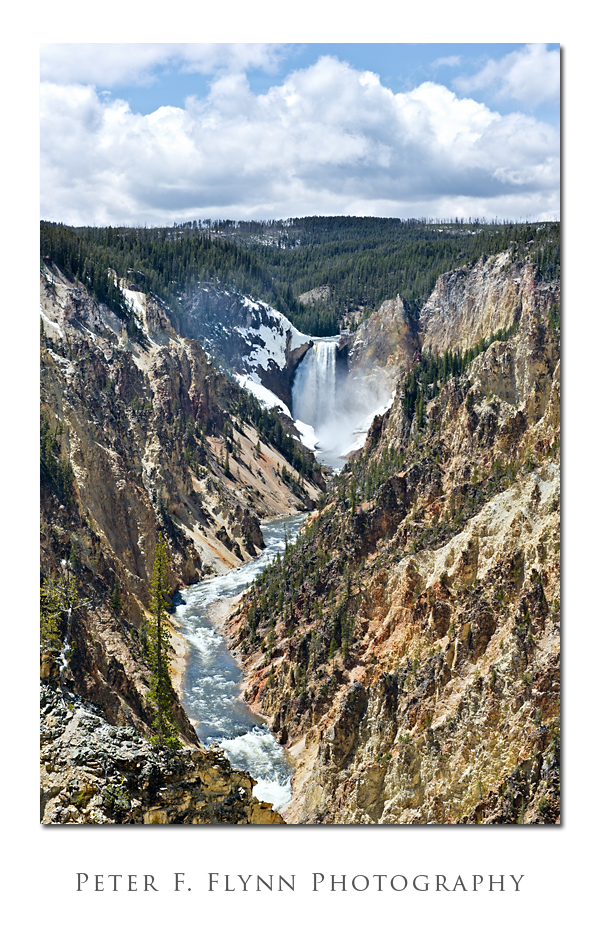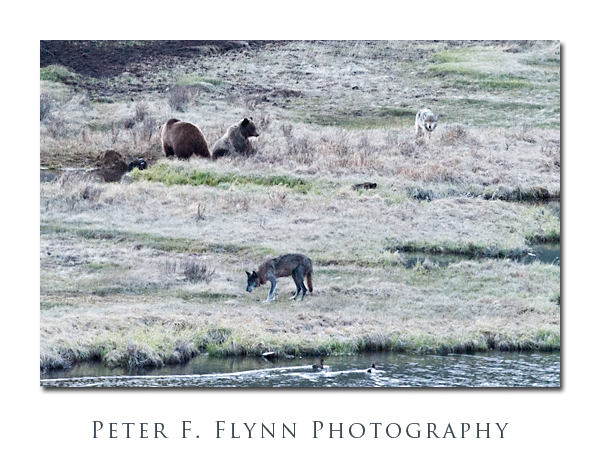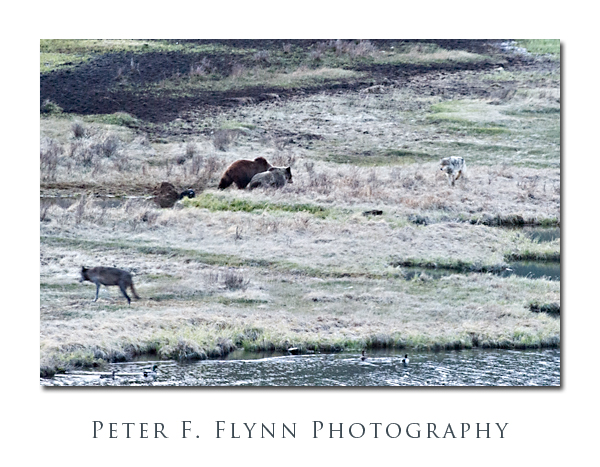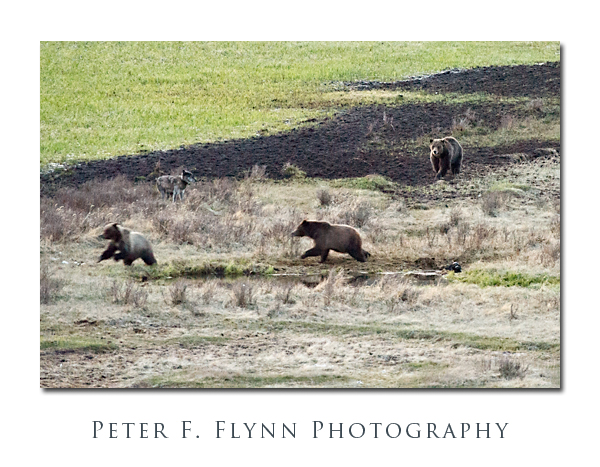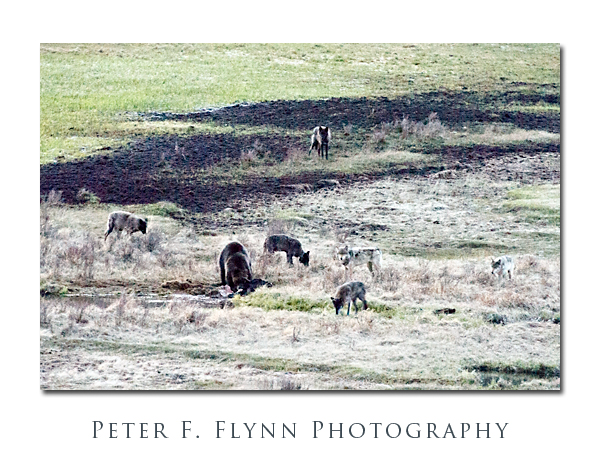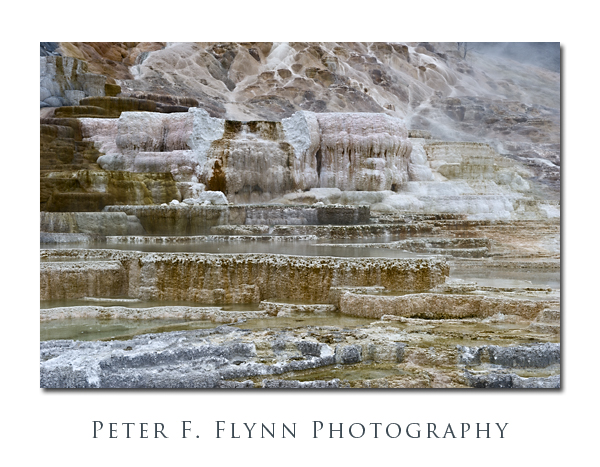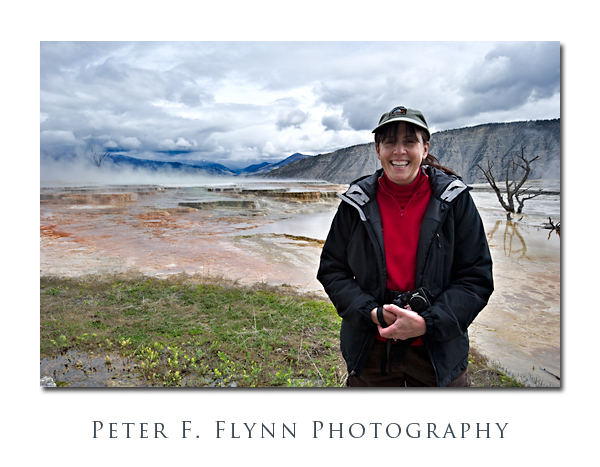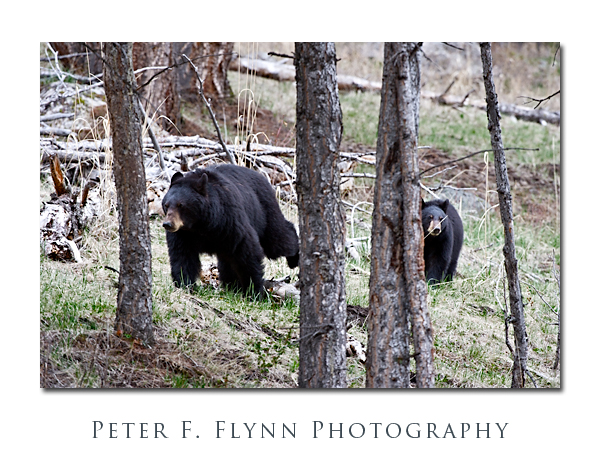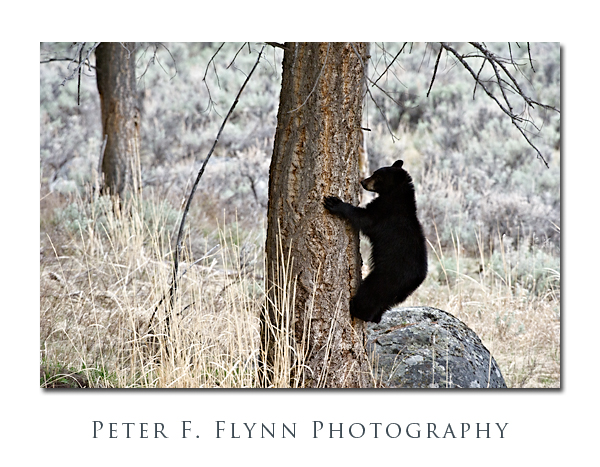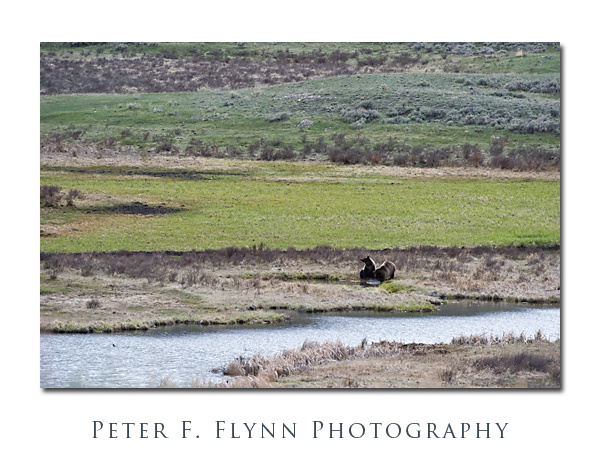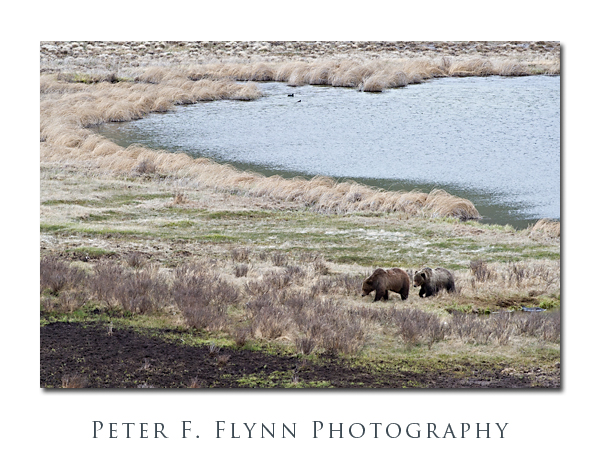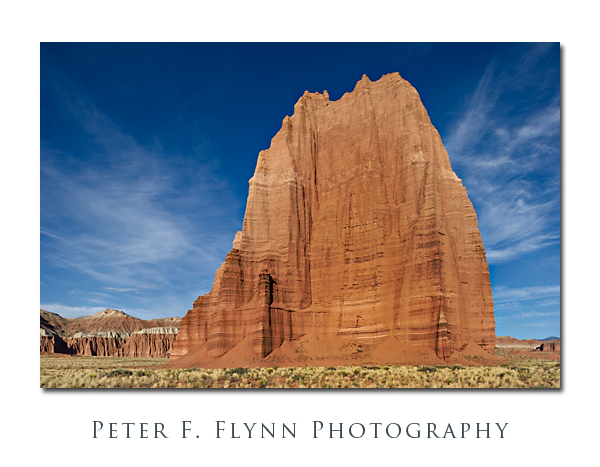 The Temple of the Sun and The Temple of the Moon are found near to one another in the most beautiful and remarkable Cathedral Valley District of Capitol Reef National Park. The area is most easily reached from the Cainville Wash Road (about 18.5 miles east of the Visitor Center), which may be accessed by traveling east from nearby Torrey, the Park Campground, or points in the vicinity along Highway 24. Although these natural cathedrals can be reached by traveling the commonly suggested route from the (Fremont) River Ford Crossing, e.g., clockwise around the Loop Road, if you will want to visit them during morning light (as you certainly should), then you must approach from Caineville.
The Temple of the Sun and The Temple of the Moon are found near to one another in the most beautiful and remarkable Cathedral Valley District of Capitol Reef National Park. The area is most easily reached from the Cainville Wash Road (about 18.5 miles east of the Visitor Center), which may be accessed by traveling east from nearby Torrey, the Park Campground, or points in the vicinity along Highway 24. Although these natural cathedrals can be reached by traveling the commonly suggested route from the (Fremont) River Ford Crossing, e.g., clockwise around the Loop Road, if you will want to visit them during morning light (as you certainly should), then you must approach from Caineville.
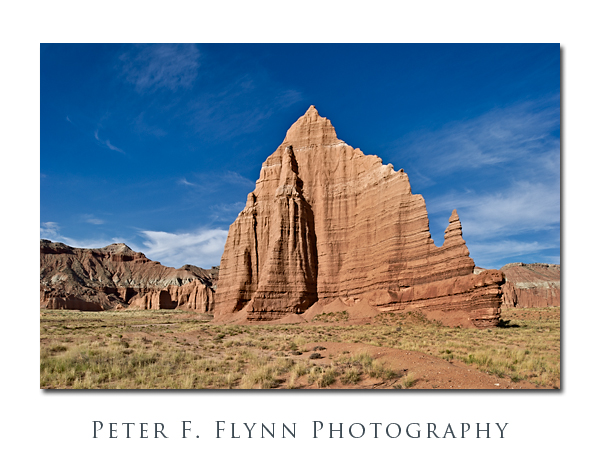 The Temples are the first in a series of remarkable sights that await visitors traveling the anti-clockwise direction on the Cathedral Valley Road (mostly northeasterly). They are within a quarter mile of one another at approximately 17.5 miles from the entry point at the Caineville Wash.
The Temples are the first in a series of remarkable sights that await visitors traveling the anti-clockwise direction on the Cathedral Valley Road (mostly northeasterly). They are within a quarter mile of one another at approximately 17.5 miles from the entry point at the Caineville Wash.
The images above of the Temple of the Sun and the Temple of the Moon were recorded at around 08:00 on July 23, 2010, using the Nikon D3s and the PC-E NIKKOR 24mm f/3.5D ED. Both images made shooting almost exactly into the west, since the morning sunlight shines directly onto the rock surfaces – beauty! Exposure was f/16 and 1/60s (+0.67 EV), ISO at 200. For rendering images of monoliths like the Temples, there is simply no substitute for the PC-E lens. The shift controls are efficient and the lens is among the sharpest in the Nikon (or any) inventory. The lens is manual focus, but the camera will indicate when you are on focus, so it is a minor compromise – negligible actually. Easily one of my favorite lenses.
The Temples are composed of Entrada Sandstone formed from materials deposited during the Jurassic Period, approx 175 Ma +/- 30 Ma. This is the same dark red layer that is prominently exposed in Arches National Park, Capitol Reef National Park (obviously, but throughout the park), and also prominently in Goblin Valley State Park. The complete USGS specification for the deposit is ‘Entrada Sandstone of the San Rafael Group‘ and the type style is located at Entrada Point. The big question then, is why only a few monoliths survive to tower over the valley floor. The answer is that local fractures dominate the erosion pattern and that the valley as we see it now is the result of the random faulting and subsequent erosion of the Entrada Sandstone layer over the eons.
GPS coordinates for the site (closer to the Sun) are 38,27.0992N/111,11.4461W. Read that 38 degrees, 27.0992 minutes north latitude; 111 degrees, 11.4461 minutes west longitude.
A Google Earth image of the area encompassing the Temple of the Sun and the Temple of the Moon appears below:
Copyright 2010 Peter F. Flynn. No usage permitted without prior written consent. All rights reserved.
